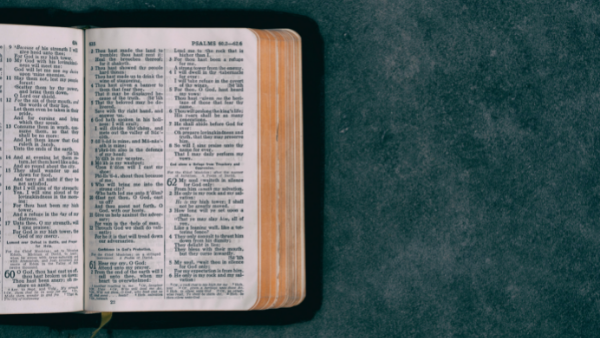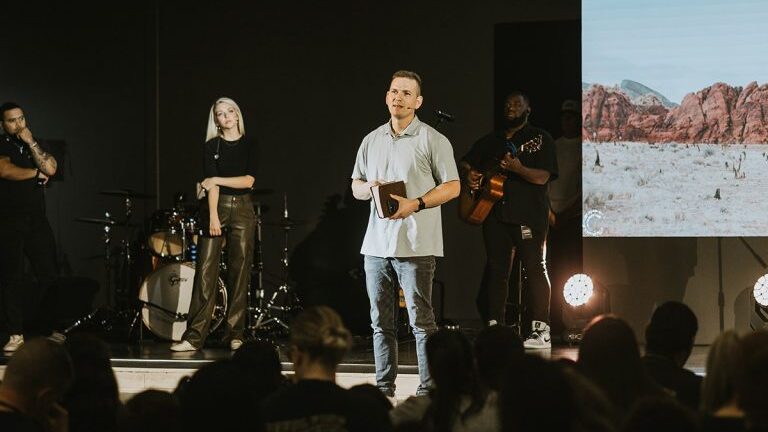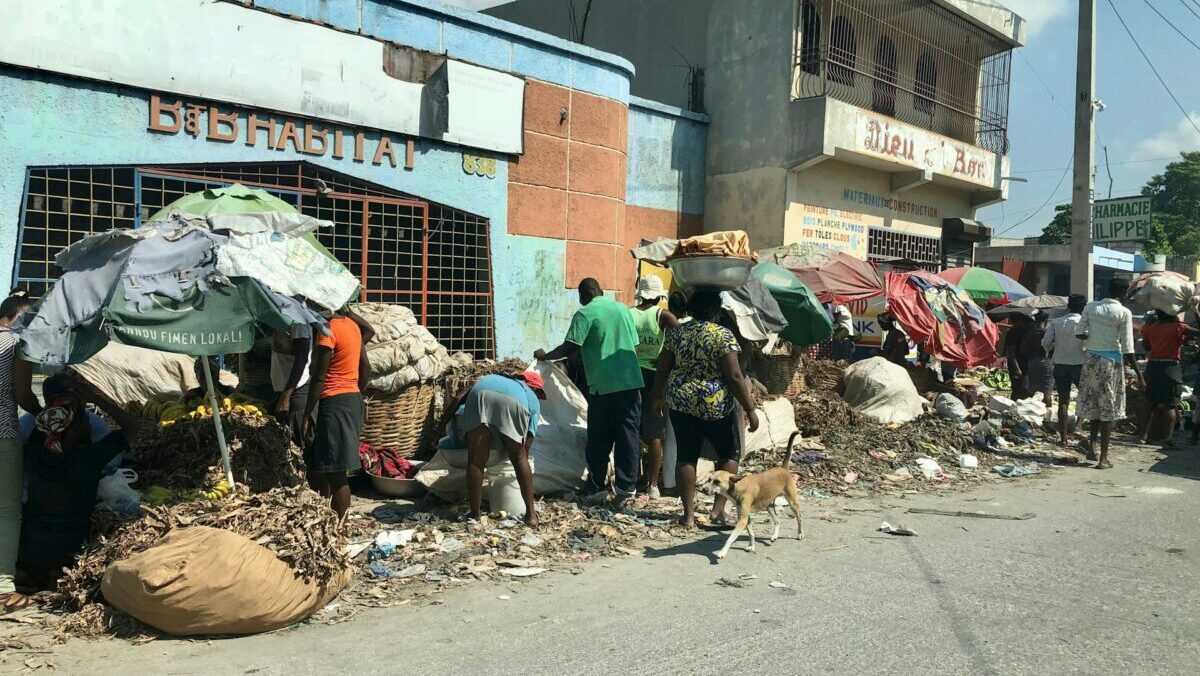The Sin Harvested
Hosea 10:5–15
Hosea prophesies through an extended agricultural metaphor in two locations: a vineyard and a field ready for harvest. As Israel became prosperous and fruitful, rather than growing closer to Yahweh, their provider, they ignored Him and pursued Baal.
Altars and sacred pillars could be found together throughout the land. God had commanded Israel to destroy these fertility cult objects of worship, but He had to dispose of the items Himself. Israel rejects God as king, resulting in social injustices that are like weeds.
False religion (5–8)
Since the beginning of the divided kingdom under Jeroboam I (930 B.C.), Israel had continued venerating the golden calves at Dan and Bethel. These rival worship centers to Jerusalem had been established in the North to cut ties with the Jerusalem Temple and the Davidic monarchy in the South. The move paralleled Israel’s sin of golden calf worship, and it conjured up images of Baal, the Canaanite fertility god, often represented by a bull.
The altars at Dan and Bethel signaled a rejection of the Torah, the covenant and Yahweh as Israel’s God, made clear by the Israelites’ mourning over the idol’s relocation.
Hosea warns Israel not to seek national security through foreign alliances with Egypt and/or Assyria, but rather in its unique relationship with the Lord. Only He loves her and gives of Himself for her well-being, while allies prioritize their own national interests at Israel’s expense.
Misplaced trust (9–10)
Reference to the Benjamite town of Gibeah and to the coming destructive war upon its inhabitants clearly alludes to long-ago events surrounding the rape and murder of an unnamed concubine passing through the town with her Levite master. The Benjamites’ shameful treatment of the Levite and his concubine mirrored the sins of Sodom and Gomorrah toward Lot’s angelic visitors.
The events at Gibeah left a stain upon the whole nation, showing the potential for Israel, God’s chosen people, to be just as sinful.
What could have been (11–12)
The harvest metaphor is ominous, as reaping, harvesting and threshing frequently denote judgment, and yoked plowing indicates forced labor. The imagery of a calf threshing but then yoked to a plow contrasts the offer of covenant blessings to Israel with the state of hardship and captivity she is about to experience.
The time of carefree innocence is over, and the time of harsh reality has begun. The invitation to repentance and a beautiful vision of restoration are extended. If they wish to reap faithful love (hesed), Israel must seek the Lord in righteousness.
Sowing unrighteousness (13–15)
Hosea predicts the harsh reality that Israel is doomed, and her citizens, even women and children, will suffer cruelly at the hands of the Assyrian army, renowned for war atrocities. This comes as just punishment for Israel’s unfaithfulness.
By Stefana Dan Laing
Associate professor at Beeson Divinity School in Birmingham, Alabama








